
Zombie Animals: 5 Real-Life Cases of Body-Snatching
By Katharine Gammon (Our Amazing Planet Contributor), Life's Little Mysteries, 7 September 2012.
By Katharine Gammon (Our Amazing Planet Contributor), Life's Little Mysteries, 7 September 2012.
Real-life zombies
Zombie movies have got it all wrong. The concern isn't a zombifying virus giving dead people the brain-munchies. The concern is parasites: nature's real zombies.
Here are five of the most shocking examples of bona fide zombie-ism in the animal world. Read on, and try not to scream!
5. Victim: pill bug
Roly-poly bugs, potato bugs, pill bugs: they’re cute and innocuous members of the insect world, right? Sure - as long as they haven’t been taken over by a nefarious acanthocephalon (Plagiorhynchus cylindraceus) parasite. The parasite lives in the intestinal tract of birds called starlings, and gets pooped out right into the waiting jaws of the pill bug. (Pill bugs relish bird poop.) Once inside the body of the oblivious roly-poly, the parasite takes over its brain and urges the zombified bug to do crazy things, such as making its whereabouts widely known to its predator, the starling. And thus the parasite completes its journey and runs off to find another bug upon which to practice mind control.
4. Victim: cockroach
American cockroach
It’s straight out of Hollywood: A quick stab to the brain turns an innocent onlooker into the victim of a brutal assault and kidnapping. Except this time, that defenseless victim is one of the world’s most hated insects (the cockroach) and the villain is a wasp. In this true story, the wasp’s venom renders the cockroach unable to move. After being dragged into the wasp’s lair, the cockroach continues to live even though its abdomen is being implanted with the wasp’s eggs. The larva later hatches and eats the still living - but incapacitated - cockroach from the inside out. A month later, the mature wasp flies away from the scene of the crime, leaving only a rotting carcass behind. [What If There Were No Cockroaches?]
3. Victim: ant
A zombie ant with the brain-manipulating fungus (Ophiocordyceps unilateralis s.l.) having been castrated
by an hyperparasite fungus (white with yellow material).
Zombie discoveries are happening all the time. Just this year, scientists discovered four new types of body-snatching fungi that prey on carpenter ants. The fungus infects the ants and then begins to use chemical signals to direct the ant on a very strange path. The zombified ant then leaves its colony and takes a jaw-grip on the underside of a leaf, where it stays. When it eventually dies as the fungus spreads around the ant’s body, the fungus produces a stalk from the dead zombie’s head and shoots spores out, trying to lure other ants to join the party.
2. Victim: crab
The genus Sacculina is one of the Rhizocephalan barnacles that parasitizes crabs.
It’s a story of crab-meets-barnacle, with a twist. A female Sacculina barnacle wants to nest inside a crab, so it looks around for a place to get in - and when it does, it leaves that nasty old barnacle body behind. Once inside, the barnacle makes a nice little home that looks like a tumour, extending tendrils through the crab’s body and slowly eating its host. After killing the sex organs of its new abode, the barnacle makes the home become the babysitter. As the crab loses interest in anything but serving its zombie overlord, the barnacle bores a hole in the crab’s shell and invites willing males to come and mate. Hey, the babies are going to be well-looked-after in a cozy home.
1. Victim: spider
The poor Plesiometa argyra. A Costa Rican spider just looking to catch some bugs can be taken over by a parasitic wasp that plants its larvae inside the spider's body, along with a new blueprint. Instead of building its web, the spider spends the last night of its life constructing a silk cocoon, which becomes a home for its killers. When the silk sack is done, the larvae kill the spider. Then they take up residence in the cocoon, suspended safely above the predators of the rainforest floor. That’s some gratitude!
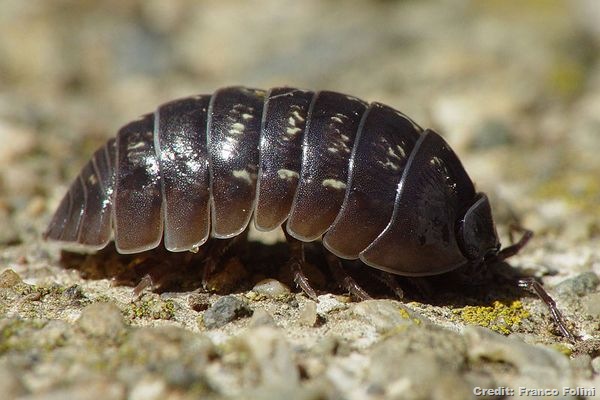
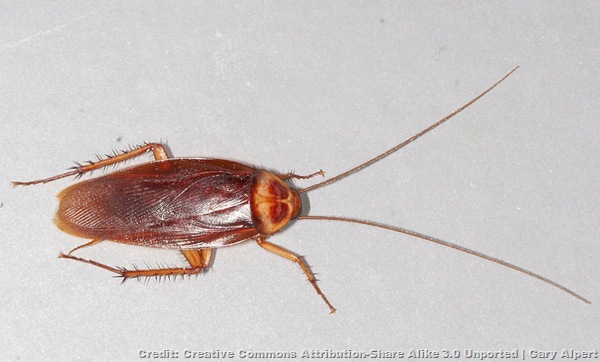
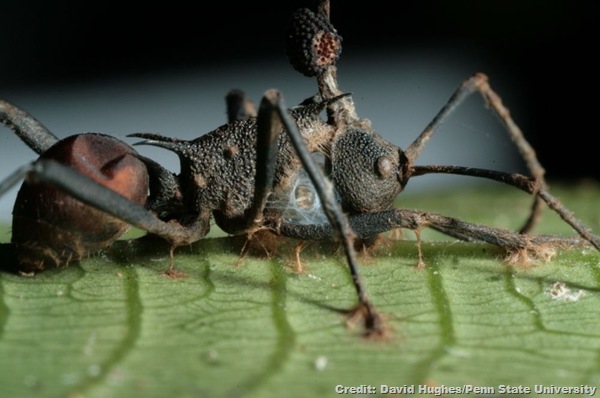
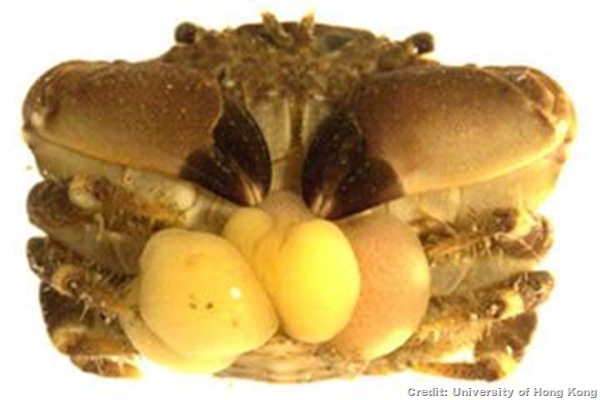
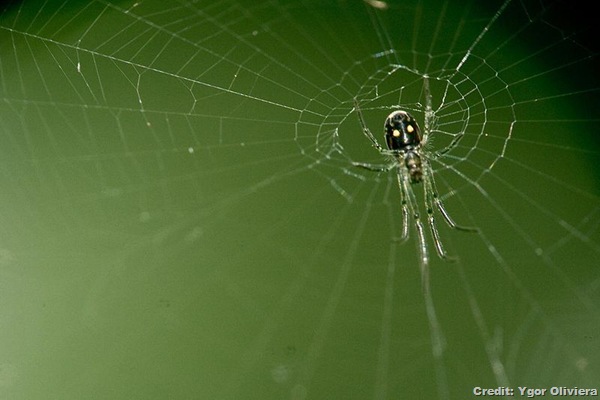
No comments:
Post a Comment
Please adhere to proper blog etiquette when posting your comments. This blog owner will exercise his absolution discretion in allowing or rejecting any comments that are deemed seditious, defamatory, libelous, racist, vulgar, insulting, and other remarks that exhibit similar characteristics. If you insist on using anonymous comments, please write your name or other IDs at the end of your message.